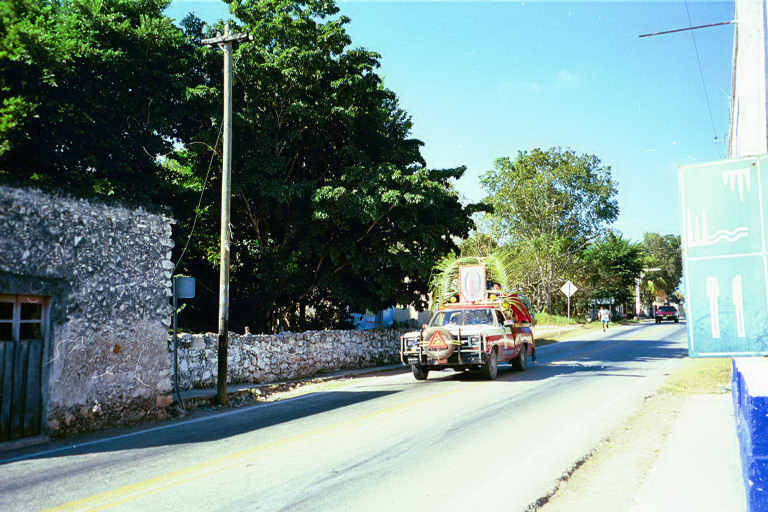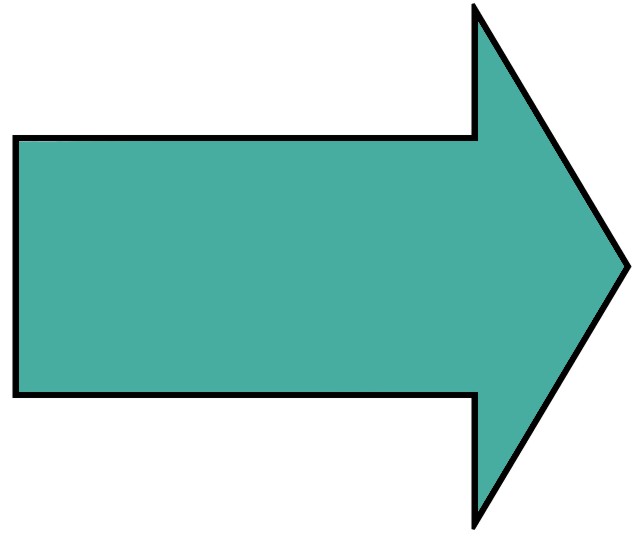On Saturday, we met our guide for the 90-minute trip to Chichen Itza, the site of the most impressive ancient Mayan ruins on the Yucatan Peninsula. Our route took us through a number of small villages outside the city.
Chichen Itza itself is a fascinating part of Mexican history. The settlement was a destination for Mayan pilgrims for over a millennium. The site includes the Sacred Cenote, a large natural well which the Mayans considered sacred to the rain god Chac. In the late 10th century, the ruler of the Toltec people of central Mexico went to the Yucatan and collaborated with the Mayans to make Chichen Itza the most powerful city in the area. The Toltec ruler went by the name Kukulcan, another name for the feathered serpent deity Quetzalcoatl. Under his influence, Chichen Itza became a site for worshipping that god as well. Numerous additional buildings, developed in a mix of Mayan and Toltec styles, were erected over the next centuries.
But the alliance between the Toltecs and Mayans didn’t last long. In 1221, the Mayans revolted. Chichen Itza still existed, but the political power of the Yucatan was relocated to other areas. No more major structures were built in Chichen Itza, and the city began to decline. Despite this change, Mayans continued to make pilgrimages to Chichen Itza until the city was conquered by the Spaniards in the 16th century. Once the Conquistadores took over, Chichen Itza fell into disrepair and decay, with the jungle overgrowing many of the structures. Archeologists in the 1920s began the process of restoring Chichen Itza into the major destination it has become.
Visiting Chichen Itza could easily have taken more than a single day because of all the structures and other attractions. The best-known and most visited landmark is the Pyramid of Kukulcan, also known as El Castillo. The pyramid was a temple sacred to the feathered serpent god Kukulcan/Quetzalcoatl, and includes sculptures of the feathered serpent along the northern staircase. At the spring and fall equinox, shadows from the corner tiers set off these sculptures. This pyramid is a later construction, owing to the Mayans’ tendency to build new pyramids on top of old ones. Fortunately, archeologists built tunnels that give visitors access to the earlier Temple of Kukulcan, including King Kukulcan’s Jaguar Throne.
Click prev or next for more trip stories from Johnny Monsarrat.








